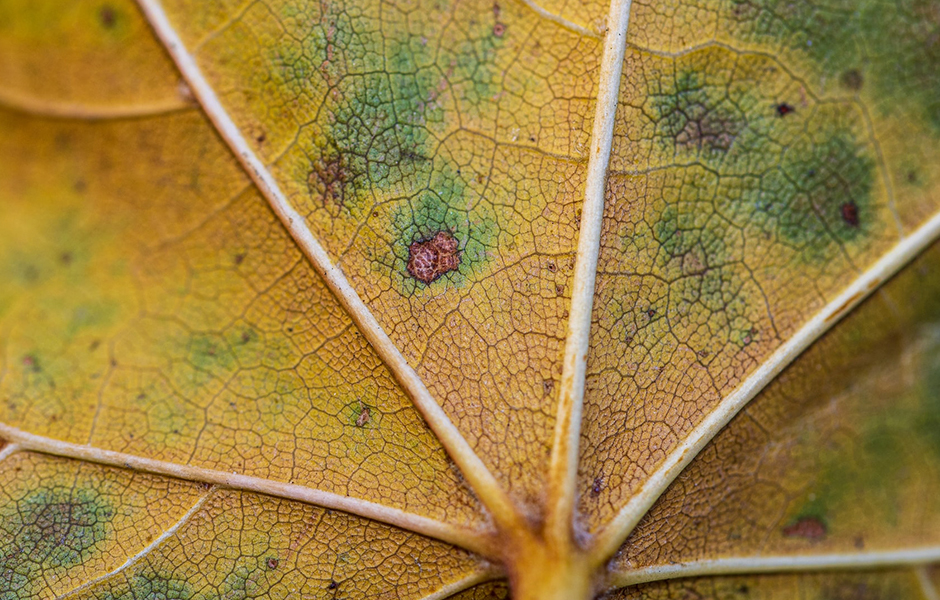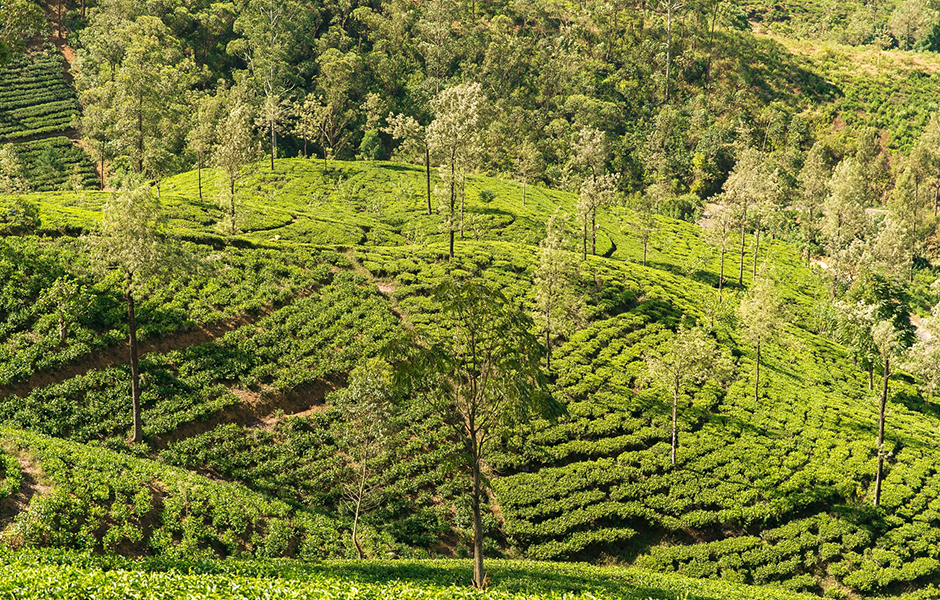Coffee rust is just one of the many obstacles coffee plantations face. This fungus has continued to spread recently, as global warming provides the necessary conditions for its growth in new areas. Whether its an increase in coffee prices or supply chain issues, coffee rust effects all speciality coffee drinkers worldwide.
What is Coffee Rust?
Coffee rust, also known as coffee leaf rust, comes from the parasite fungus Hemileia Vastatrix. Once infected, the first symptoms are small, yellowish, oily spots on the upper leaf surface. These later expand into larger round spots, that begin to turn orange, to red, to brown over time. These rust spots are powdery on the underside of the leaf.
Once a tree is affected, the coffee tree will begin to drop its leaves, until none remain. Trees affected by coffee rust generally produce less coffee and die within a few years.
In the mid 1800’s coffee leaf rust wiped out all of the coffee industry within Sri Lanka and changed the country’s agriculture industry completely, resulting in a change of their main exported crops. It was more recently found in the 1970s in Brazil, where it eventually spread to Central America, declaring it a global coffee crisis.

Recent History
In 2012, coffee leaf rust spread across Central America and Mexico leaving coffee plantations to a slow decline in trees. Although this fungus is still undergoing research, the main contributes to its success in spreading is the increase in warm, humid temperatures.
The Guatemala National Coffee Association declared this a state of emergency, as coffee yields dropped significantly, having a large economic impact on the coffee-reliant exporter. In fact, it was calculated that plantations in Brazil and Central America lost 40% of their yields, with many having to destroy damaged trees to stop the spread.
Just over a decade later, the effect of this fungus continues. With coffee trees taking 3-5 years to produce fruit, many farmers are struggling to produce enough coffee for the words high demand. Many farmers have been left with insufficient funds to restart their businesses.

Get Involved
There are a number of organisations helping to battle this coffee crisis, not only to monitor and prevent the spread of the fungus further but to also support farmers financially.
One organisation that is heavily involved in Central America and Mexico is Growers First. This charity focuses on helping farmers in the long- term in five key areas: agriculture, education, economics, health and faith. Together, with the importer Vournas Coffee Trading, Growers First goal is to plant 250,000 coffee trees in the growing region of Oaxaca, Mexico.
Alongside Growers First, The Great Coffee Project’s charity helps to establish coffee plantations worldwide. Donating is a convenient way to support these farmers from afar, allowing them to support their families and continue supplying the specialty coffee we love.



